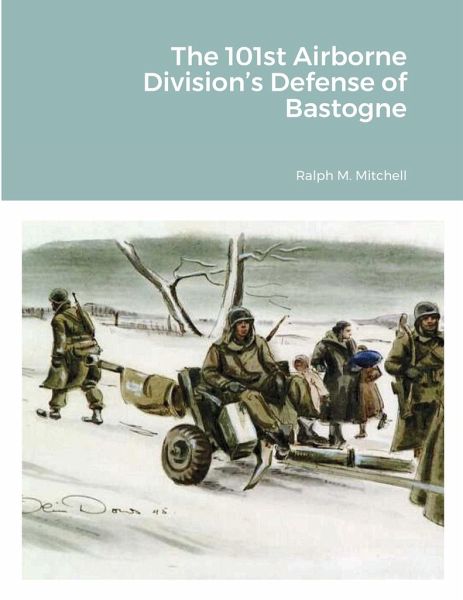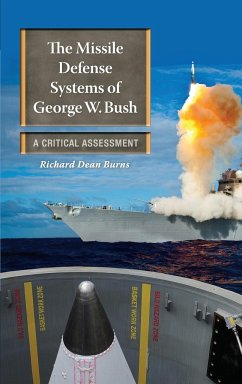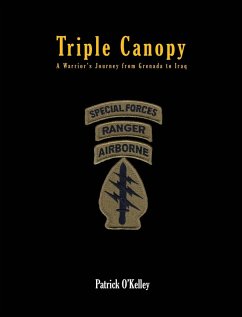
The 101st Airborne Division's Defense of Bastogne
Versandkostenfrei!
Versandfertig in 1-2 Wochen
11,99 €
inkl. MwSt.

PAYBACK Punkte
6 °P sammeln!
The defense of Bastogne during the Battle of the Bulge in World War II is one of the supreme achievements of American arms. Mitchell's study reveals how a light infantry division, complemented by key attachments, stopped an armor-heavy German corps. Using original documents and reports, Mitchell traces the fight at Bastogne with emphasis on the organization, movement, and employment of the 101st Airborne Division. Although a variety of factors influenced the outcome at Bastogne, the flexibility of the 101st to reconfigure for sustained operations and to defeat strong opposition forces even whe...
The defense of Bastogne during the Battle of the Bulge in World War II is one of the supreme achievements of American arms. Mitchell's study reveals how a light infantry division, complemented by key attachments, stopped an armor-heavy German corps. Using original documents and reports, Mitchell traces the fight at Bastogne with emphasis on the organization, movement, and employment of the 101st Airborne Division. Although a variety of factors influenced the outcome at Bastogne, the flexibility of the 101st to reconfigure for sustained operations and to defeat strong opposition forces even when surrounded shows how properly augmented light infantry can fight and win. 30 photos, 11 maps. A Merriam Press World War 2 History Reprint.














